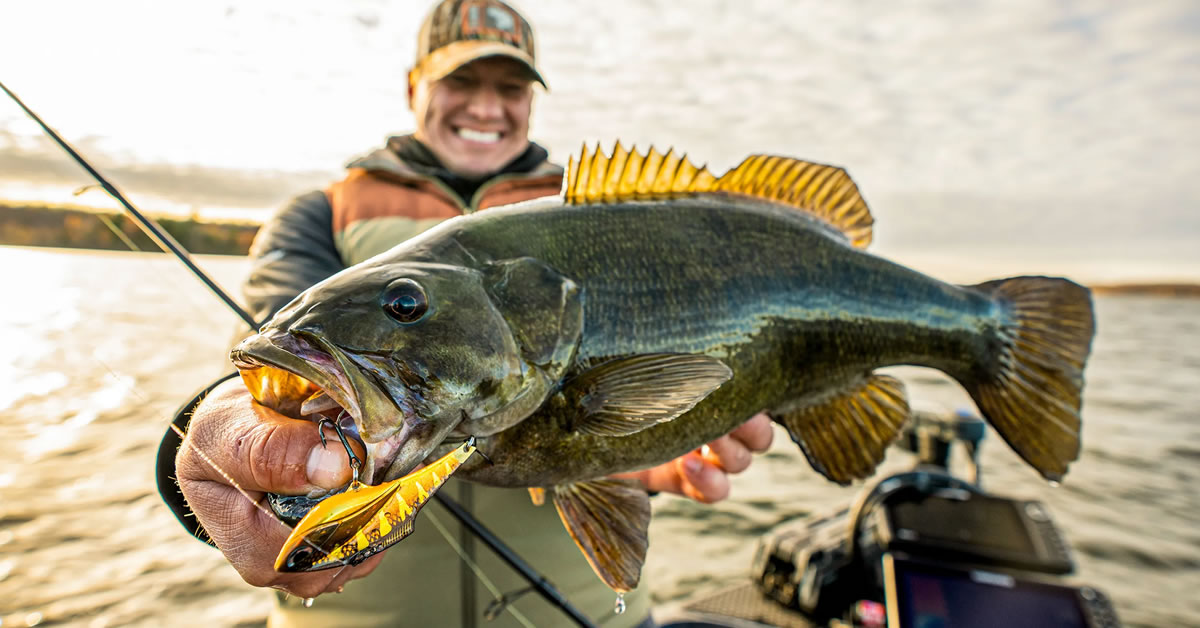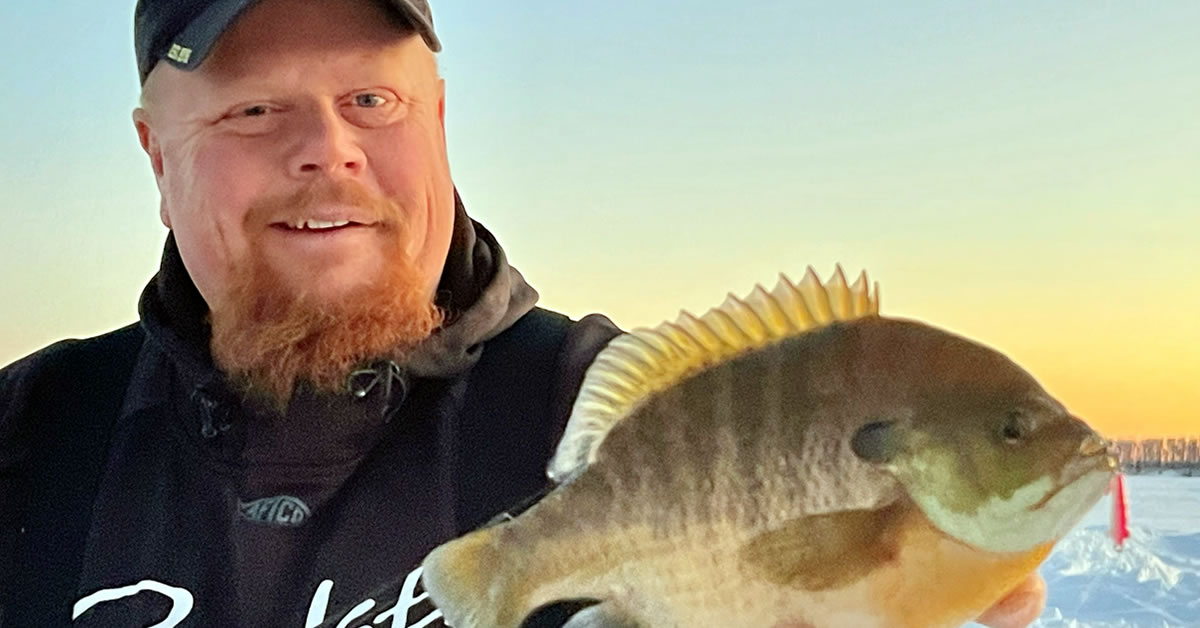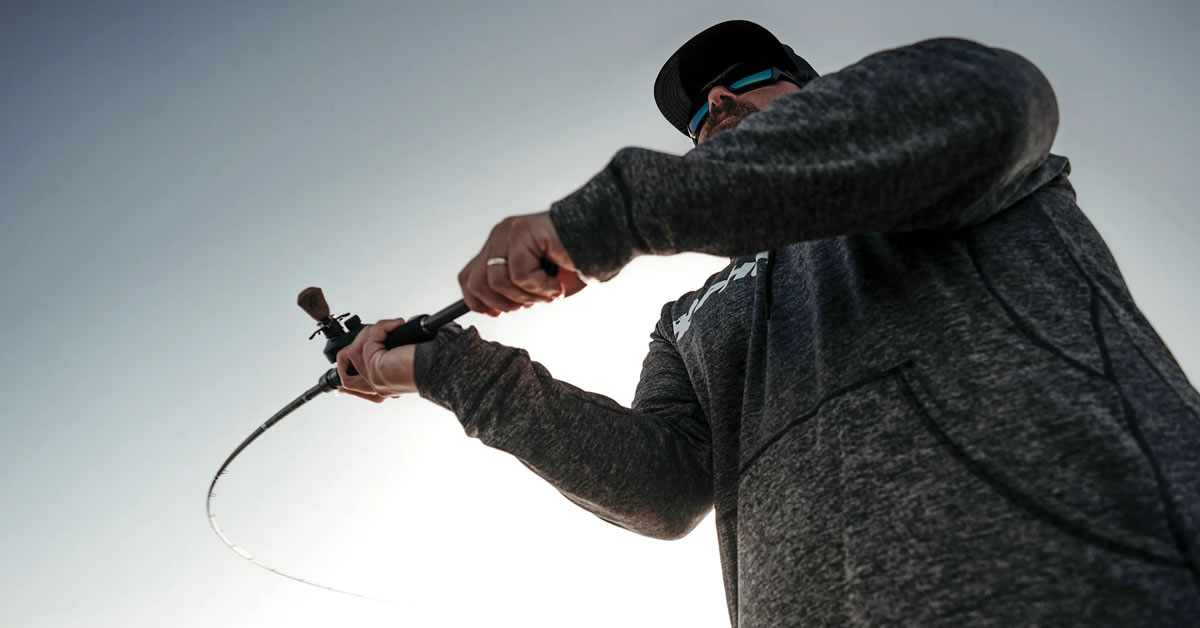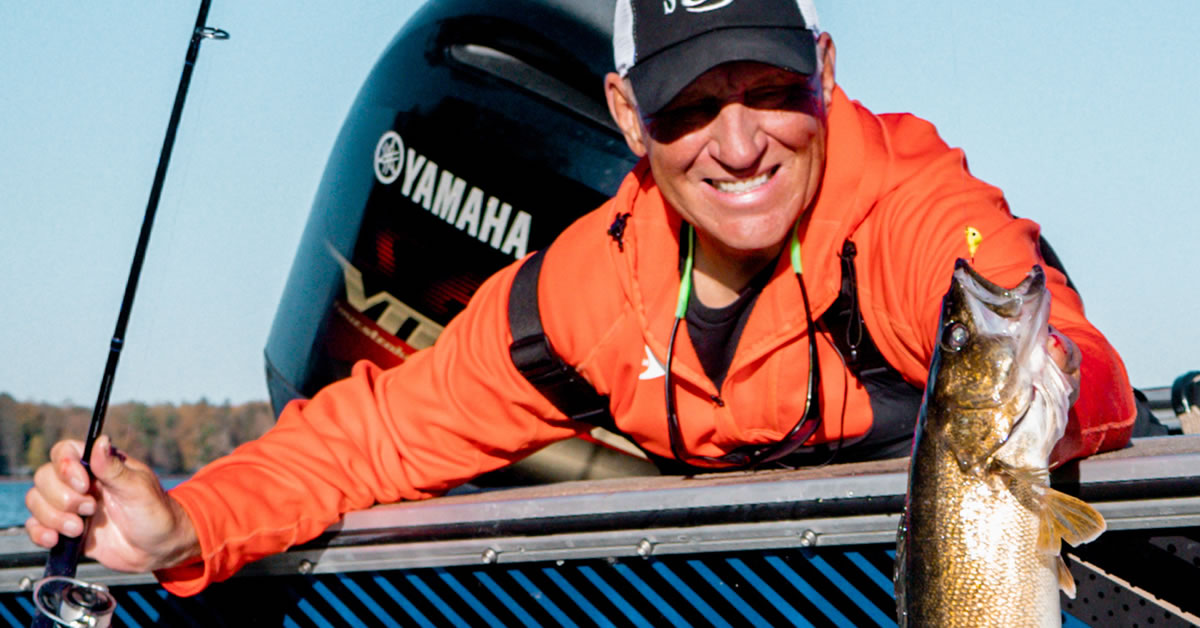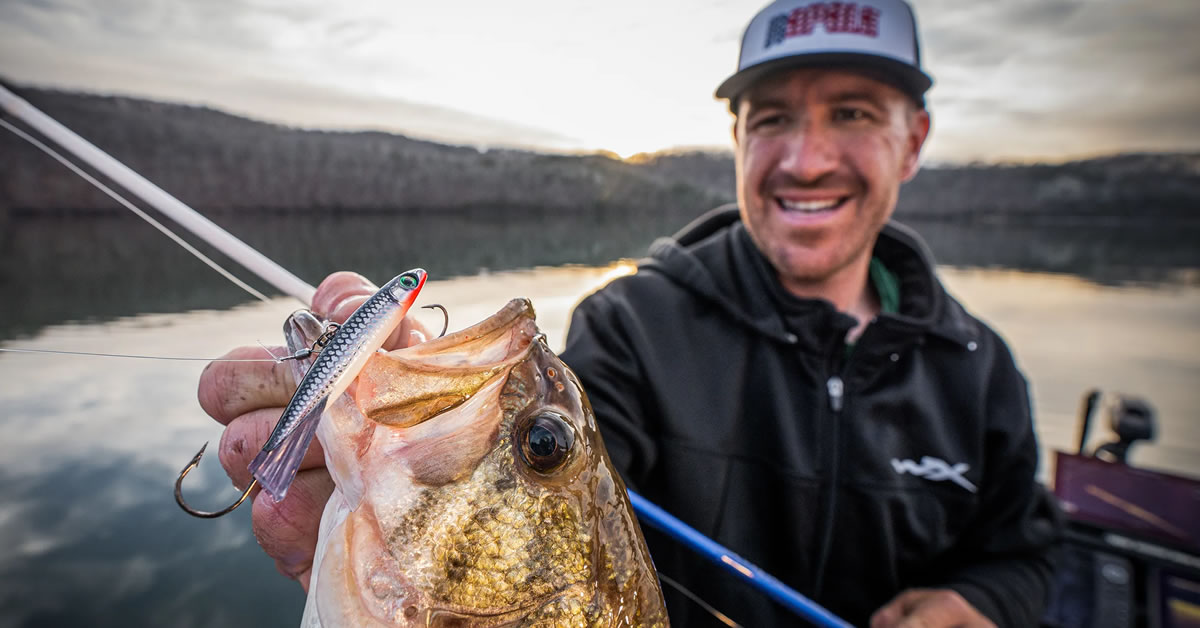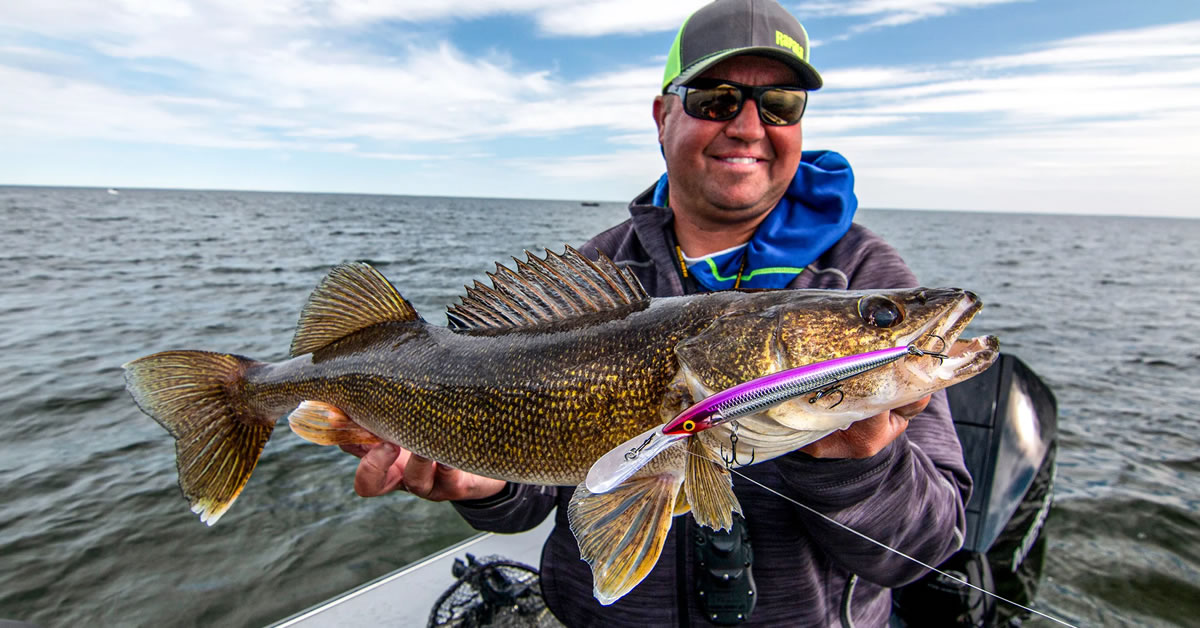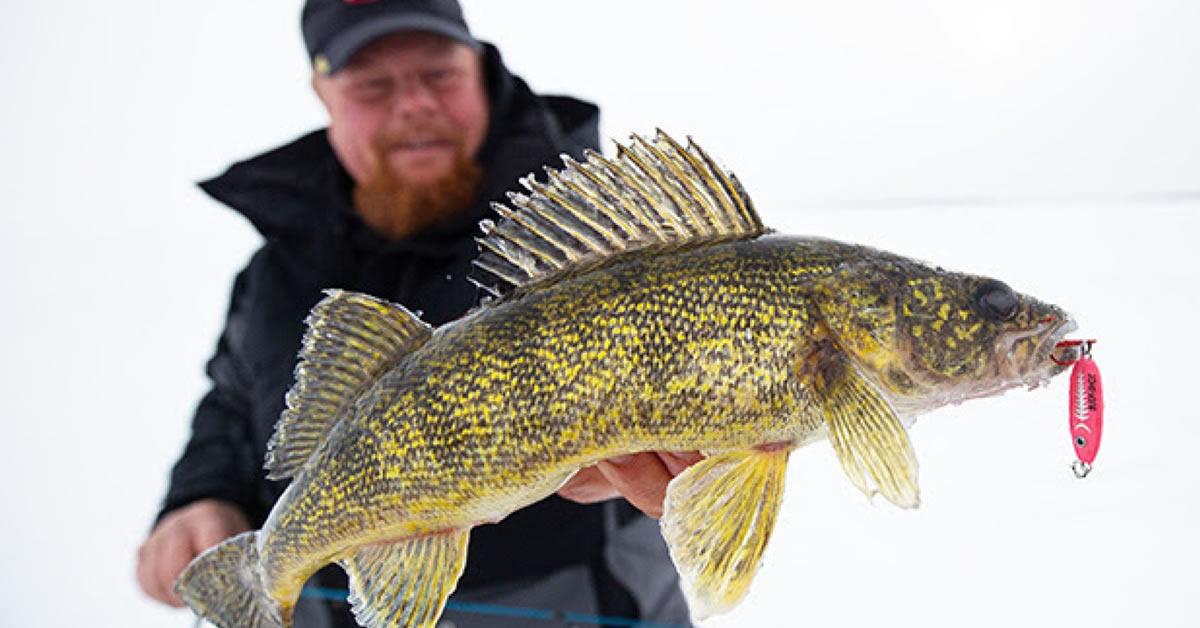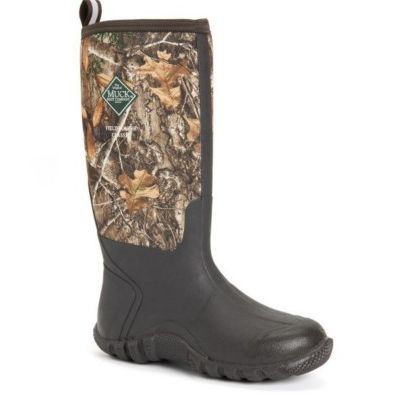Shocking Results
by Judy NugentIn a previous article I gave an account of a typical shocking run conducted by the DNR. In general, the workers use probes to send electrical current into the water to locate and briefly disorient trout. The fish are then netted, measured, weighed, and returned to the water. In a recent visit to the Lacrosse DNR office I was able to learn even more about how electroshocking helps officials better manage our favorite trout streams.
First, the DNR conducts shocking at assigned stations up and down the watershed to determine the overall health of trout populations. The location of the stations remains constant so that the DNR can better evaluate changes in fish, temperature, turbidity/flow, invertebrates, and vegetation. Streams like the West Fork of the Kickapoo and Timber Coulee can have six stations, where smaller streams like Weister may only have one. It can be valuable for a fisherman to know where these test sections are and what the results of the shocking revealed. This information can give you a leg up before you even hit the water.
The reports for Southwestern Wisconsin are a matter of public record and may be viewed by anyone. All you need to do is set up an appointment with Dave Vetrano out of the Lacrosse office. Many of his files date back to the fifties. Although those early files are incomplete, the modern shocking reports are detailed and complete. Before you go, here is a brief explanation of what you will find in the reports.
A typical shocking report will detail the type of survey. This is usually an IBI survey meaning it is an Index of Biotic Integrity. The rest of the report records air temperature, water temperature, location (section, township, range), weather, water level, clarity, volts used, amps, current type, number of dippers, the type of pass, the run numbers, and the length of time it took to complete the survey.
Of course, what the fishermen want to know is how many trout they found. Because I went to the shocking demonstration on Bohemian, I started there. On the last recorded shocking on Bohemian Valley 322 trout were captured during a four hour sampling. Of those, only four were brook trout ranging in size between seven and ten inches. The rest were browns. The reports tallied each fish by length and weight. For example, there were 21 fish captured in the 3 to 3.9 inch range. The weight of each fish was recorded next to the 3 inch box. This continued inch by inch. In the 13 inch range, there were 6 browns and 1 brook. The largest fish was a 16 inch brown trout, not too bad for a smaller tributary of Timber Coulee. Three other species of fish were caught including 2 white sucker, 4 Sticklebacks, and 5 Slimy Sculpins. According to Dave Vetrano, the Lacross DNR fisheries biologist, since this shocking the DNR did a sculpin transfer into Bohemian to increase the forage base. Maybe that will fatten up those 16 inch fish.
For those interested in more than just trout, you can learn a lot about the diversity of fish in Wisconsin by reviewing the 1996 shocking run on the South Fork of the Bad Axe. During this run, the fish found included: brown trout, brook trout, northern brook lamprey, brook stickleback, johnny darter, fantail darter, blacknose dace, longnose dace, creek chub, pumpkinseed, small mouth bass, log perch, bluntnose minnow, common shiner, flathead minnow, northern hog sucker, northern shorthead redhorse, and stonecat.
Beyond the fish, the report gave a hint as to what kind of flies to use. The aquatic invertebrates included: caddis fly, mayfly, and stonefly larvae, as well as a few shrimp. I know how and where I'm going to fish the next time out.
As I poured over all of the shocking records at the DNR office, I was struck by the abundance of trout in the area. Pick up the trout map at your local fishing store and turn to page 18. Nearly every stream in the area is shaded some color indicating trout water. As I went through the files, it occurred to me that it would be hard not to catch trout on these streams. A few examples of what I mean are: Plum Creek = 1,678 estimated fish per mile (fpm), Weister Creek = 553 fpm, Sugar = 1,477 fmp, Norwegian Hollow Creek = 889 fpm, and the Copper = 200 fmp. And the list goes on and on. Now these numbers represent all trout, including the fingerlings. But they give a good indication of the health of the stream. Of these six streams, none of them are major, high profile streams. The bottom line is that it is often those overlooked streams that hold the most potential for a great day on the water. The West Fork and Timber Coulee are still great streams, but if you want an edge up on the competition or if you want to be the only car parked at the bridge, check out those smaller creeks and tributaries. You might just find your next favorite fishing spot.



